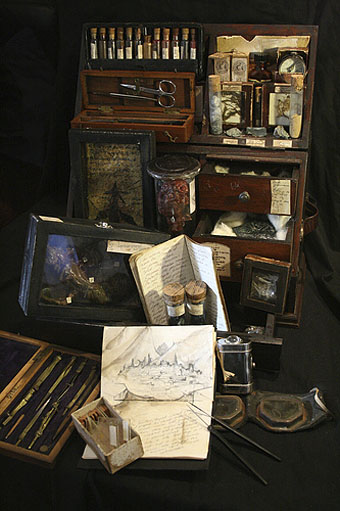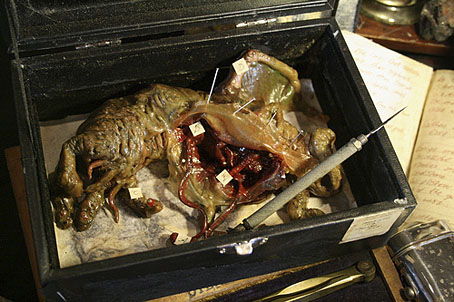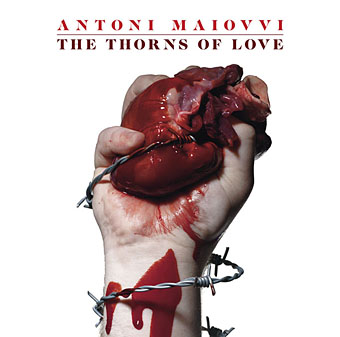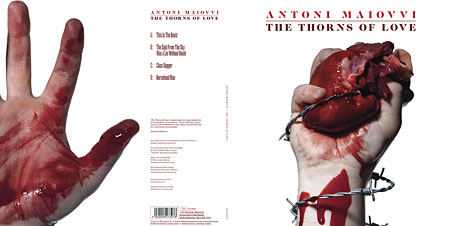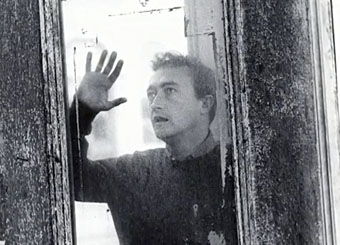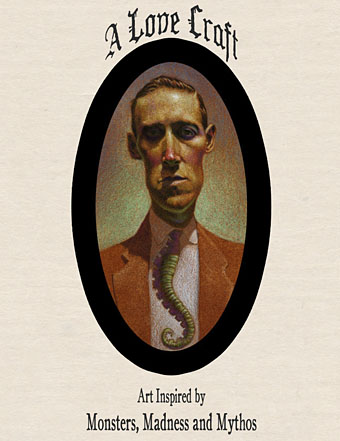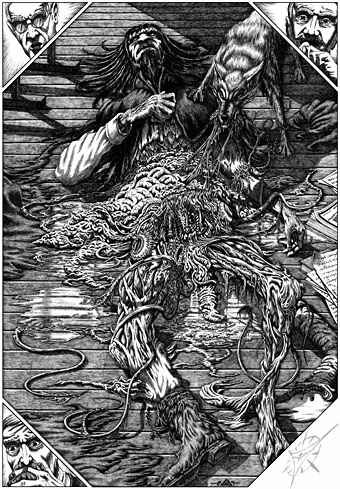Artist Alex CF makes beautifully detailed—and very authentic—cases for cryptozoological specimens. I think I’d seen examples of these before but not the Lovecraft exhibits like this collection which presents samples and studies retrieved from the Mountains of Madness. Among other Lovecraftiana there’s also a case devoted to artefacts from R’lyeh. These would have been ideal additions to the Lovecraft show at Observatory which (as a reminder) opens this Friday.
Via ~Wunderkammer~. (I think. If it wasn’t, it should be…)
Previously on { feuilleton }
• At the Mountains of Madness
• Walmor Corrêa’s Memento Mori
• The art of Ron Pippin
• Custom creatures
• Cryptozoology
• The Museum of Fantastic Specimens

